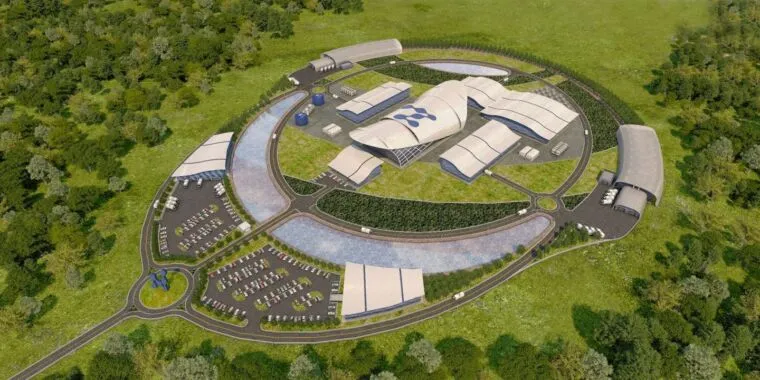First planned small nuclear reactor plant in the US has been canceled
First planned small nuclear reactor plant in the US has been canceled

arstechnica.com
First planned small nuclear reactor plant in the US has been canceled

First planned small nuclear reactor plant in the US has been canceled

First planned small nuclear reactor plant in the US has been canceled
